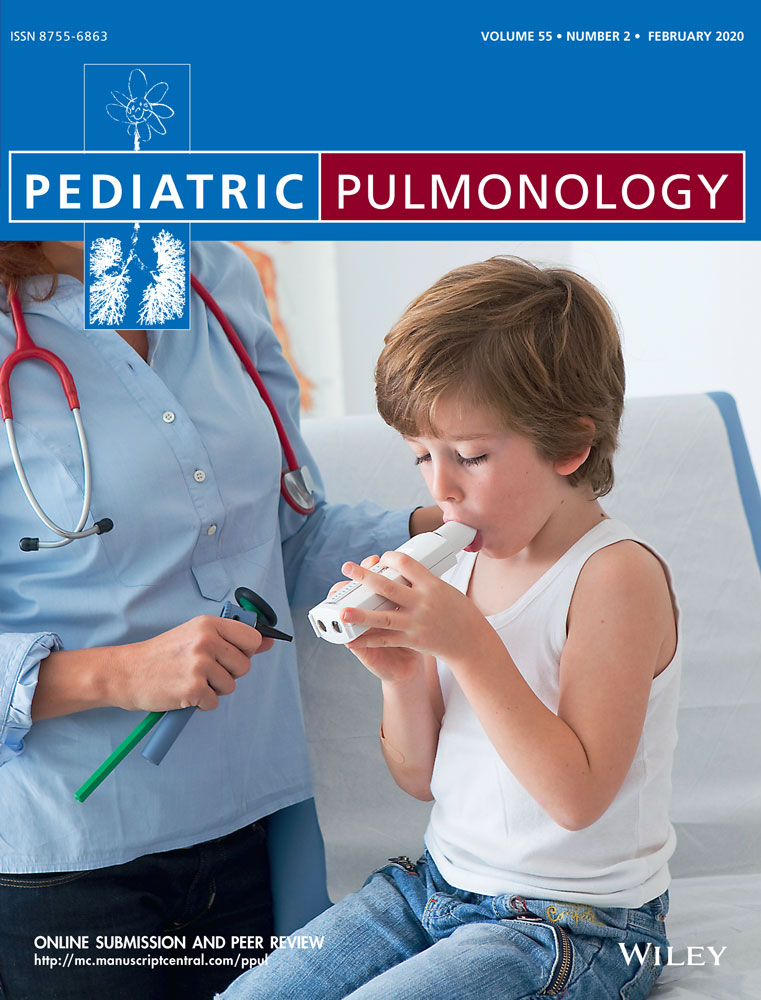Reference values of sniff nasal inspiratory pressure in healthy children
Abstract
Objective
To determine reference values of sniff nasal inspiratory pressure (SNIP) in healthy children.
Methods
This cross-sectional observational study included healthy children aged 6 to 11 years of both sexes. The volunteers underwent a pulmonary function test to rule out respiratory disorders. Respiratory muscle strength was measured using maximal inspiratory pressure (MIP) and maximal expiratory pressure (MEP), respectively, with MIP close to functional residual capacity (FRC) and residual volume, while MEP to total lung capacity. SNIP was performed through the nostril contralateral to the occlusion, close to FRC. Two 6-minute walk tests were performed to assess functional exercise capacity.
Results
The sample comprised 121 healthy children (62 girls); 54% presented body mass index (BMI) percentile less than 85th and 46% more than equal to 85th percentile, higher than expected. SNIP values were similar between sexes (91.1 ± 21.0 cmH2O in girls and 87.7 ± 19.4 cmH2O in boys; P = .36) as well as the means of lower limits of normal (56.88 cmH2O for girls and 56.66 cmH2O for boys). Girls presented SNIP measurements larger than those of the MIP of FRC (P < .0001), while boys presented similar mean values for both. We found a positive correlation between SNIP and BMI percentile (r = .25, P = .04) in girls, unlike boys, in whom no correlation was observed.
Conclusions
SNIP reference values and mean lower limits of normal were defined for healthy children aged 6 to 11. BMI percentile seems to positively influence the inspiratory muscle strength measured by SNIP in girls only.




